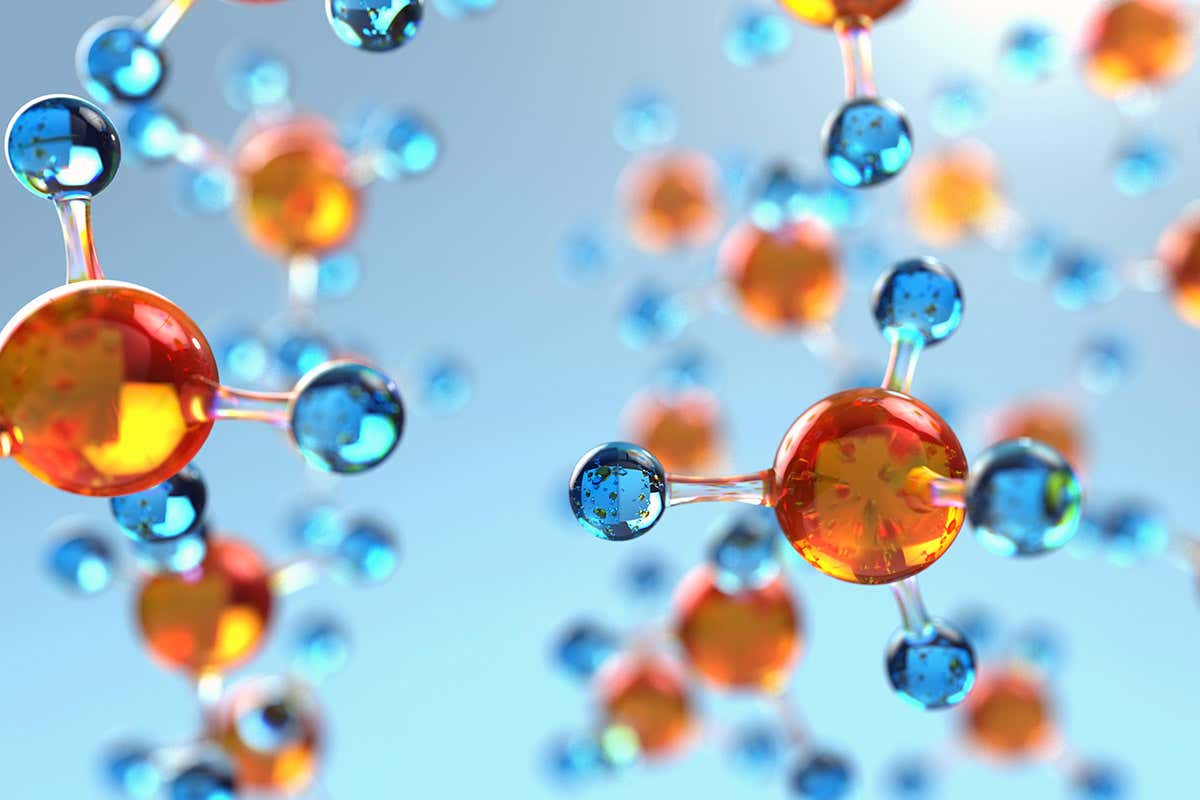In the vast realm of minerals, one stands out as the epitome of strength and resilience - the diamond. Renowned for its exceptional hardness, diamonds have captivated the human imagination for centuries. In this blog post, we delve into the fascinating world of diamonds, exploring their unique properties, formation, and diverse applications. Join us as we unravel the secrets behind the strongest mineral on Earth.
- The Definition of Strength:
To comprehend the strength of a mineral, it is crucial to understand the parameters used to measure it. In the realm of minerals, strength is often equated with hardness, which refers to a mineral's ability to resist scratching or indentation. However, hardness alone does not determine a mineral's overall strength. Other factors, such as toughness and durability, also contribute to its robustness. - The Diamond's Reign:
Diamonds reign supreme as the hardest known mineral on Earth. Their exceptional hardness is attributed to the strong covalent bonds between carbon atoms, forming a three-dimensional lattice structure. This unique arrangement renders diamonds virtually impervious to scratching, making them the ideal choice for various industrial applications. - The Mohs Scale of Hardness:
The Mohs scale, developed by Friedrich Mohs in 1812, provides a standardized method to compare the hardness of different minerals. With a perfect score of 10, diamonds sit at the pinnacle of this scale. To put it into perspective, a diamond is approximately 140 times harder than the next mineral on the scale, corundum (ruby and sapphire). - Industrial Applications:
Beyond their allure in jewelry, diamonds find extensive use in various industries due to their unparalleled strength. Some notable applications include:
4.1 Cutting and Polishing Tools:
Diamonds' exceptional hardness makes them indispensable in the manufacturing of cutting and polishing tools. Diamond-tipped blades and drill bits are used to cut through tough materials like concrete, glass, and even other minerals.
4.2 Industrial Abrasives:
Diamonds in the form of fine powder or grit are utilized as abrasives in industries. Their hardness enables them to efficiently grind, polish, and shape materials like metals, ceramics, and gemstones.
4.3 High-Pressure Experiments:
Diamonds' ability to withstand extreme pressure and temperature conditions makes them invaluable in high-pressure experiments. They serve as anvil cells to recreate and study conditions similar to those found deep within the Earth or even in outer space.
4.4 Electronics and Semiconductors:
Diamonds possess unique electrical properties, making them promising candidates for advanced electronics and semiconductor applications. Their exceptional thermal conductivity and resistance to radiation make them ideal for high-performance electronic devices.
- Formation and Rarity:
Diamonds are formed deep within the Earth's mantle, under immense pressure and temperature conditions. The process takes millions, if not billions, of years. Volcanic eruptions then bring these precious gems closer to the surface, where they can be mined. However, only a small fraction of mined diamonds possess the quality required for industrial or gemstone use, further enhancing their rarity and value.
Conclusion:
Diamonds, the strongest mineral on Earth, embody a unique combination of strength, beauty, and versatility. Their exceptional hardness, coupled with their diverse applications, has solidified their status as a symbol of endurance and luxury. From cutting tools to high-tech electronics, diamonds continue to shape industries and captivate our imagination. So, the next time you admire a diamond's brilliance, remember the indomitable power it holds within.


